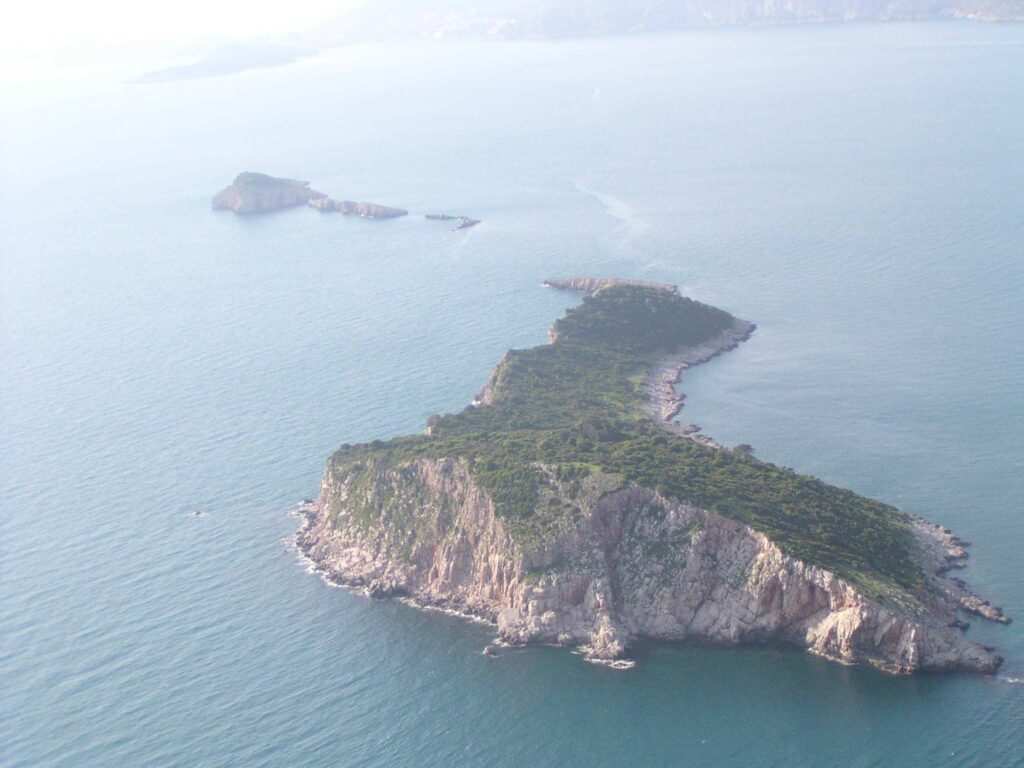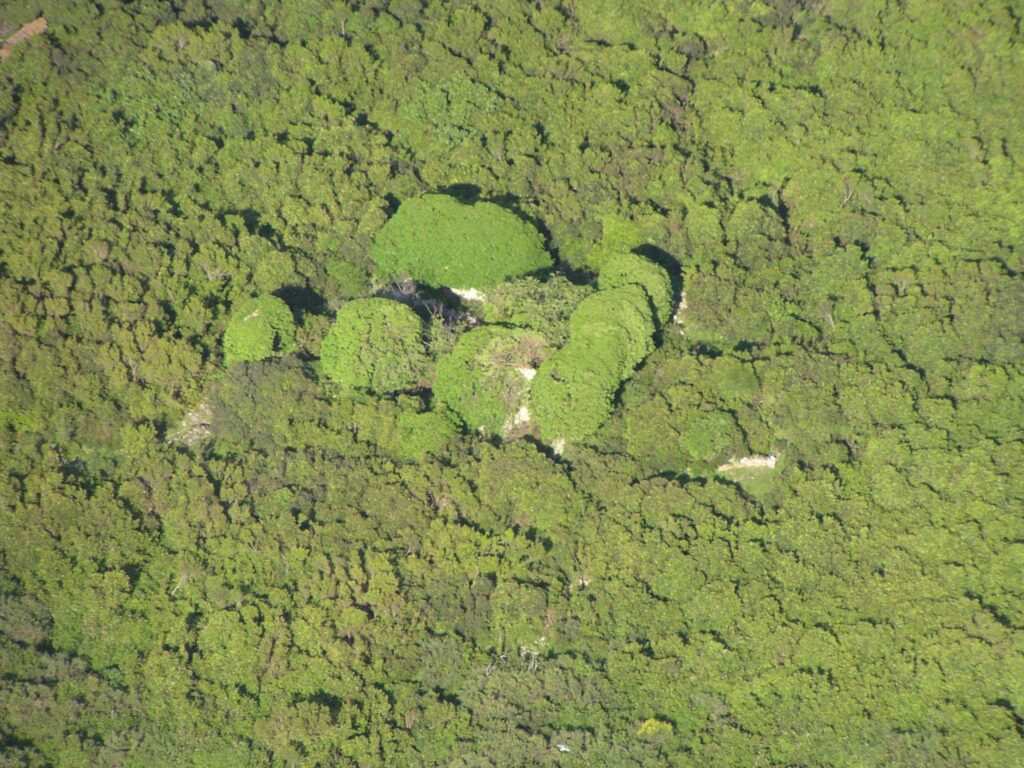The three islands of the Cavtat archipelago – Mrkan, Bobara, and Supetar – were strategically positioned at the entrance to the once important port of the Roman colony of Epidaurum. Their role as control and surveillance points in ancient and medieval times was indispensable on this section of the eastern Adriatic maritime route. In fact, it is assumed that the pre-Romanesque St Michael Church, the remains of which can still be seen today next to the ruins of the Benedictine monastery, was built over a late antique martyrium.
The first mention of the Benedictine monastery on this islet can be found in the documents from 1218, although it is possible that the monastery was founded as early as the 11th century. The Benedictines are the oldest monastic order in Western Christendom – they arrived in our area relatively early. However, most Benedictine monasteries were founded in the 11th century. In the Dubrovnik area, St Mary Abbey, the oldest and most important Benedictine monastery in the wider area, was founded on the island of Lokrum in 1023.

From the catalog Konavle – srednjovjekovna groblja, Dubrovački muzeji, 2002.
Ora et labora (`pray and work’), the guiding principle of the Order of Saint Benedict, will mark the spiritual and cultural life of that time. Their contribution to the spread of literacy, literature and science, as well as to the development of agriculture and crafts, is immeasurable.
The monastic building on Mrkan was located on a hill, above a small harbor facing Sustjepan and Rat – the two Cavtat peninsulas. It featured a tower and two churches – St Mary Church (it is still unclear whether it was dedicated to the Annunciation or to Our Lady of the Snows), after whom the monastery was named, and the aforementioned Church of St Michael. In his book Benediktinci u Hrvatskoj, the clerical historian Ivan Ostojić writes: `The remains of churches can be found on the Ratac Peninsula in the vicinity of Bar, on the islet of Mrkan near Cavtat and near the Church of St Domnius in the town of Škaljari near Kotor. Architect Dyggve believes that the lower room was used for relics or a tomb‘. It is assumed that there was a third church on Mrkan, possibly dedicated to St Mark.
The founder of the order, St Benedict, decreed in the order’s book of precepts that the monastery and the church should be enclosed by walls – claustra monasterii. Since the 10th century, monasteries were fortified. Smaller monasteries did not have fortified walls; however, such monastic complexes featured towers with loopholes and battlements for defensive purposes. The Mrkan monastery was one of the monastic complexes with such a tower.
Mato Ranjina Grubišin was the last recorded abbot of the Mrkan monastery; there is a record of him presiding over the monastery in 1294. Moreover, there also exists a record of the monastery’s last monk – Frater Petrus de Mercan – who moved to the Lokrum monastery, where he is recorded as a resident in 1296.
It was probably then, at the turn of the 14th century, that the Bishop of Trebinje was expelled from his diocese and came to Dubrovnik after a century of turbulence and uncertainty in the Dubrovnik hinterland caused by the dominance of the Nemanjić dynasty. Upon his arrival, the bishop was given the already abandoned monastery on Mrkan as his new residence; that time period marks the first records of the Trebinje-Mrkan Diocese. The bishop of Trebinje stayed in Mrkan for a short time, and was later relocated to Dubrovnik.
It is recorded that the Dubrovnik authorities granted two perpers as Christmas charity to the bishop referred to as `domino episcopo Marchane‘ in 1322. However, the monasterium Mergane was still mentioned. In 1327, the Archbishop of Dubrovnik, at the request of the Rector of Dubrovnik and the municipality, appointed two clergymen and two laymen as its procurators in order to preserve the unmanaged monastery property.
Later historical accounts of the monastery, i.e. its remnants, are quite contradictory. What is certain is that the island of Mrkan designated for quarantine the Republic of Dubrovnik in 1377, while the Bishop of the Trebinje-Mrkan Diocese received a house in the city and land in Kono and Župa Dubrovačka as compensation.



